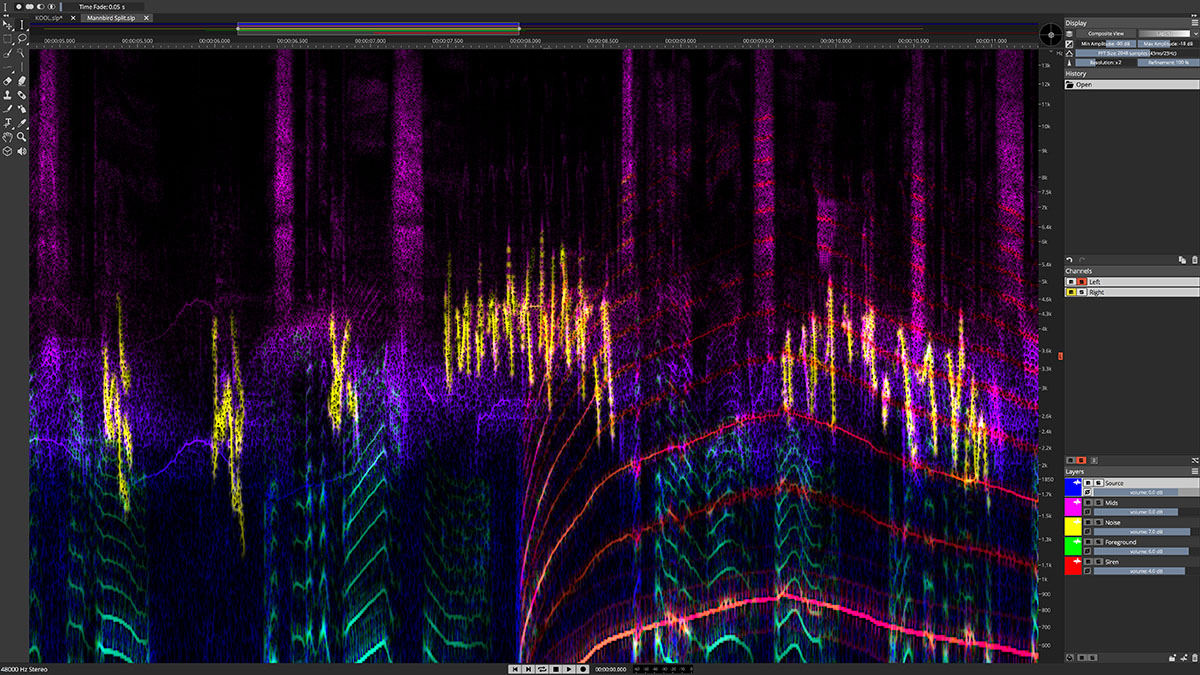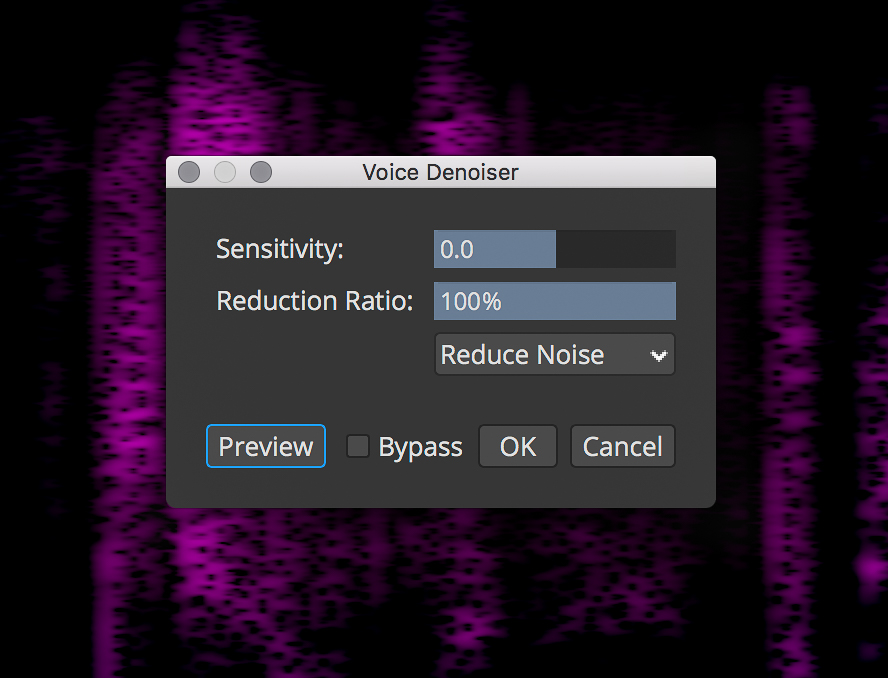


The headline new features all point to v7 being something of a major breakthrough in terms of ease‑of‑use.Īs described in previous SOS reviews of SLP, for those that need to dig in, all those powerful manual editing options remain in SLP7 and have been further improved, in many cases. SOS reviewed SpectraLayers Pro 6 in the December 2019 issue but Steinberg are now back with SpectraLayers Pro 7 (SLP7). SpectaLayers has been a big part of this, from its inception under Sony in 2012, a transition to MAGIX and, eventually, into the well‑respected hands of Steinberg, who acquired the product in 2019. Over recent years, spectral editing has proven itself as a powerful, albeit somewhat specialised, tool for tasks such as audio restoration, creative sound design, vocal/instrument isolation and forensic audio analysis. This explanation indicates that this software is one of the most powerful software in this field.Steinberg’s clever use of AI has made spectral editing and unmixing more accessible than ever.

To create this visual approach, SpectraLayers uses high-end editors. With a combination of modern and traditional tools, the Steinberg SpectraLayers editor extends the range of editors to every aspect of sound editing, including how to combine them. Steinberg SpectraLayers software is also one of the first fully visual editing systems for audio files. You can also integrate these capabilities into your DAW files and other tools. This software uses the advanced features and tools that it provides you with the ability to edit and visualize audio files in amazing new ways, including 3D frames. This software allows you to access a world of advanced audio files and use traditional techniques or innovative advances to edit files. You are using this application for the first time you can edit spectral data directly. Steinberg SpectraLayers Pro v7.0 is a new approach to editing audio files that offers new concepts for changing the way you work.


 0 kommentar(er)
0 kommentar(er)
